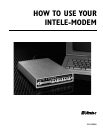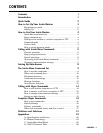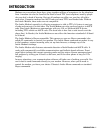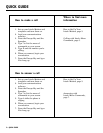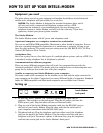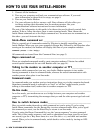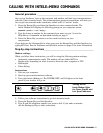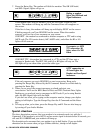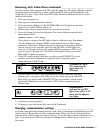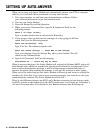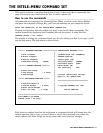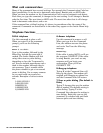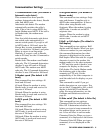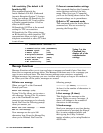
INTRODUCTION
Modems are everywhere these days, tying together millions of computers via the telephone
lines. A modem can also be found at the heart of each TTY (text telephone) used by people
who are deaf or hard of hearing. But not all modems are alike, nor can they all talk to
each other. Computer modems use ASCII code and most TTYs use Baudot code. Without
the Intele–Modem, these codes are not compatible.
The Intele–Modem’s specialty is allowing computers to talk to TTYs. It listens to one type
of code and converts it to the other. The Intele-Modem can also send and receive in ASCII
code. Your Intele–Modem can communicate with any 110- or 300-baud ASCII device,
including TTYs which use ASCII code. (The baud rate is how fast a code travels over the
phone line.) In Baudot, the Intele-Modem can use either the American standard of 45 baud
or 50 baud.
The Intele-Modem is Hayes-compatible. This means you can use Hayes commands (also
called AT commands) to control your modem. The Intele–Menu command set makes it easy
to dial numbers, answer incoming calls, set up Auto-Answer, or change any of the
Intele–Modem’s settings.
The Intele–Modem also features automatic detection of both Baudot and ASCII calls. It
works with commercially available communications and bulletin board software. Front
panel lights indicate the current operating mode and line status. Screen messages signal
call progress by telling you if there’s a dial tone, and if the other phone is busy or if it’s
ringing.
In many situations, your communication software will take care of making your calls. You
won’t need to send commands directly to your modem. However, when you do need to
control the modem, you have your choice: Ultratec’s Intele–Menu commands or standard
Hayes commands.
INTRODUCTION • 1



